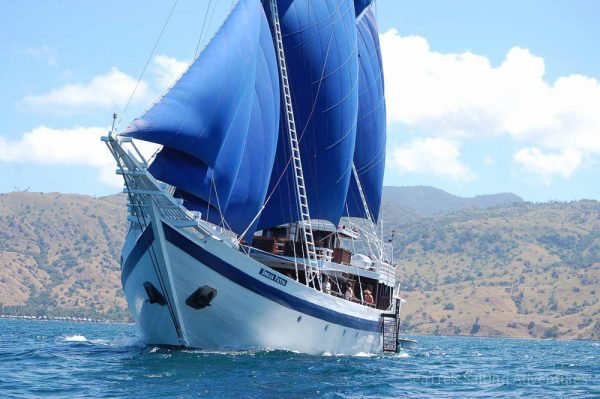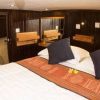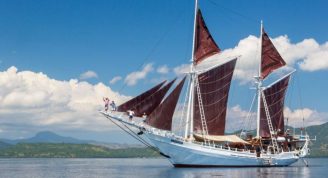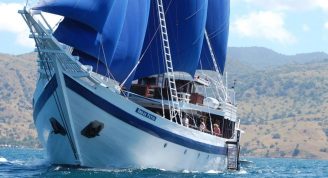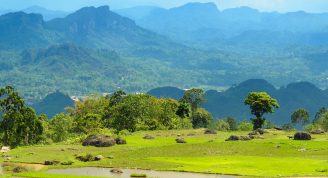Description
Cruising Raja Ampat must rate as one of life’s most beautiful experiences in the world. This special SeaTrek itinerary honours Alfred Russel Wallace, the prominent scientist who was one of the first who dared to raise concerns over the environmental impact of human activity some 150 years ago. We will revisit some of the areas that Wallace found so fascinating, and we will hopefully experience the magic of seeing the bird of paradise in its full glory within its natural habitat. We may also get lucky and get to snorkel with whale sharks in Triton Bay, but there are no promises as we don’t have these wild animals on a leash. Wallace’s observations of the marked zoological differences across a narrow strait in the archipelago led to his proposing the faunal boundary line, now known as the Wallace Line, which separates the eco zones of Asia and Australia. West of the line are found organisms related to Asiatic species, while to the east, a mixture of species of Asian and Australian origin is present. While he was exploring the archipelago, Wallace refined his thoughts about evolution and had his famous insight on natural selection. In 1858 he sent an article outlining his theory to Darwin; it was published, along with a description of Darwin’s own theory, in the same year.
Note: The price of this cruise does not include any domestic airfares to and from our start and end points. If you are booking flights by yourself, please do not book any flights before checking with us first. Our first and last day programmes rely on strict time scheduling, so please confirm with us to ensure that you arrive and depart at your destination with plenty of time to spare and to avoid disruption to other guests’ schedules.


